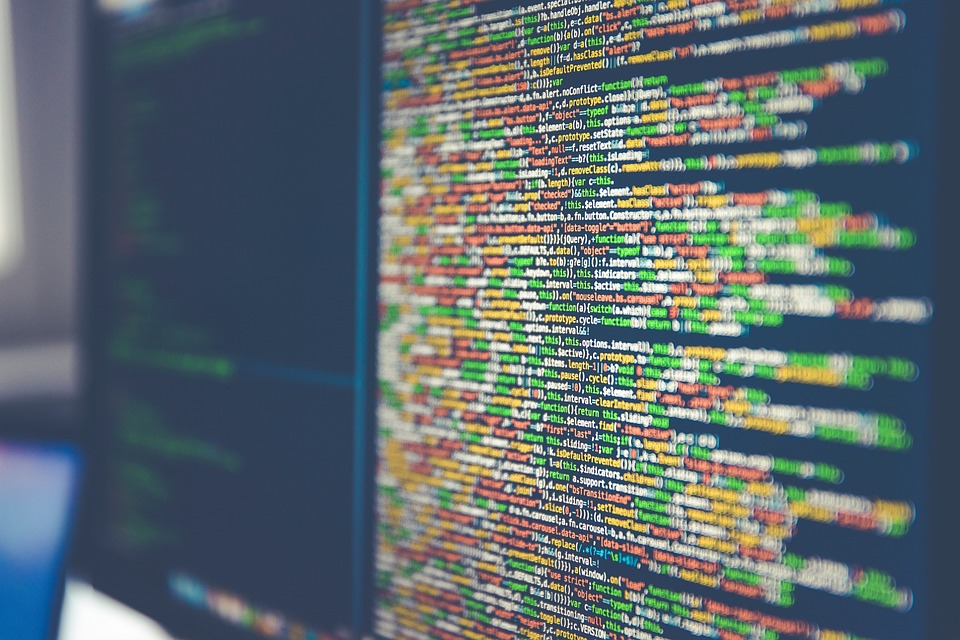The tech landscape has always been in a state of flux, evolving in response to emerging challenges and needs. One of the most significant shifts we’ve seen in recent years is the rise of low-code and no-code platforms. These innovative tools are empowering users—regardless of their technical background—to create web applications with unprecedented ease. In this blog post, we’ll explore why visual programming is here to stay and how it is reshaping the future of software development.
Understanding Low-Code/No-Code Platforms
At their core, low-code and no-code platforms offer visual development environments that allow users to build applications through graphical user interfaces instead of traditional programming languages. These platforms provide pre-built templates, drag-and-drop components, and intuitive workflows that simplify the development process.
Rise of Low-Code/No-Code Platforms
-
Empowering Non-Developers:
One of the most revolutionary aspects of low-code and no-code platforms is their ability to democratize software development. Through tools like Bubble and Webflow, individuals without formal coding training can bring their ideas to life. This empowerment opens the doors for entrepreneurs, marketers, and business professionals to create functional web apps and prototypes without relying heavily on developers. -
Accelerating Development Cycles:
Traditional software development can be time-consuming, often taking months (or even years) to go from concept to execution. Low-code/no-code platforms change this dynamic dramatically. By streamlining the workflow and minimizing the need for extensive coding, these tools allow for rapid prototyping and iterative development. The ability to launch Minimum Viable Products (MVPs) quickly is a game changer for businesses looking to validate ideas in real-world environments. -
Cost Efficiency:
Not only do low-code/no-code platforms save valuable time, but they also reduce costs associated with hiring specialized developers. Businesses can now leverage existing personnel—such as project managers or creative teams—who can navigate these visual tools with ease, cutting down on development spending while maximizing productivity. - Integration Capabilities:
Many low-code and no-code platforms come equipped with integrations to popular APIs and third-party services. This connectivity enhances functionality without adding complexity to the development process. For example, platforms like Airtable and Zapier integrate seamlessly with apps built on Bubble, allowing users to create robust applications that interact with existing systems effortlessly.
The Advantages of Visual Programming Tools
-
User-Friendly Interfaces:
Visual programming tools prioritize user experience. The intuitive drag-and-drop interfaces, alongside visual representations of code logic, make it easier for anyone to understand how their application works. This accessibility encourages experimentation and creativity, leading to innovative solutions. -
Greater Collaboration:
With visual programming, teams can collaborate more effectively. Designers can work alongside non-developers to optimize user experiences, and stakeholders can provide input throughout the development process. This collaborative environment results in a product that better meets user needs and expectations. - Iterative Improvements:
Low-code and no-code platforms promote an iterative development approach. With rapid testing and feedback loops, users can make adjustments quickly based on real-world input. This flexibility is essential in today’s fast-paced business environment, where user demands and technological capabilities continually evolve.
Real-World Applications
Many businesses are already capitalizing on the benefits of low-code and no-code tools. Startups are utilizing Bubble to build fully functional MVPs swiftly. Marketing teams use Webflow to design custom websites, enhancing brand presence without needing extensive coding knowledge. Even large enterprises are adopting these platforms to facilitate internal processes, automate workflows, and improve operational efficiency.
The Road Ahead
As technological advancements continue to blur the lines between programming and visual design, the future of coding certainly leans toward inclusivity. Low-code and no-code platforms are not here to replace developers; rather, they are transforming the role of the developer. Instead of spending hours on repetitive coding tasks, developers can now focus on higher-level problem-solving, strategy, and innovation.
In conclusion, the rise of visual programming tools signifies a profound shift in how we think about software development. By shortening development cycles, enabling creativity among non-developers, and fostering collaboration, low-code and no-code platforms are here to stay. As they continue to evolve, we can anticipate a more inclusive and agile workflow that empowers everyone to participate in the digital transformation. So, whether you’re a seasoned developer or stepping into the tech world for the first time, it’s time to embrace the future of coding!



